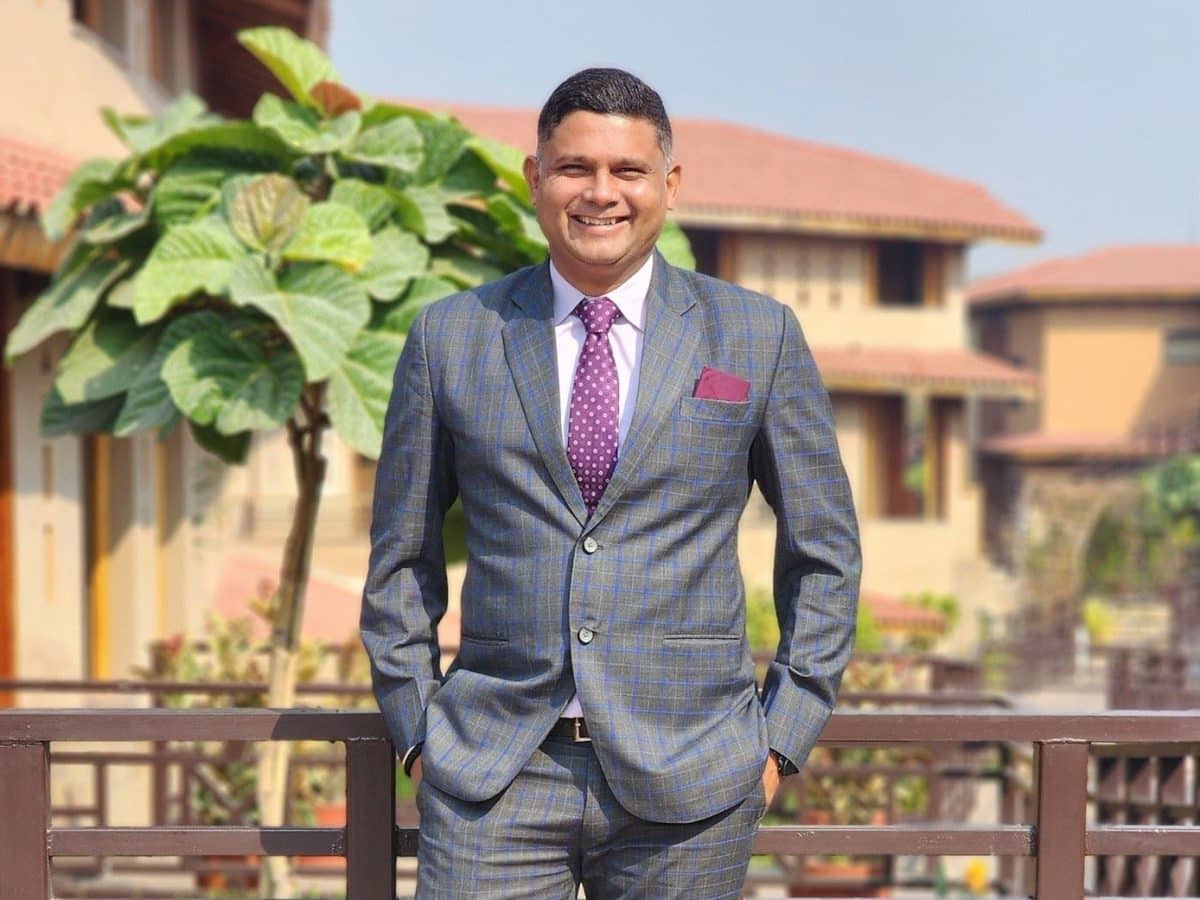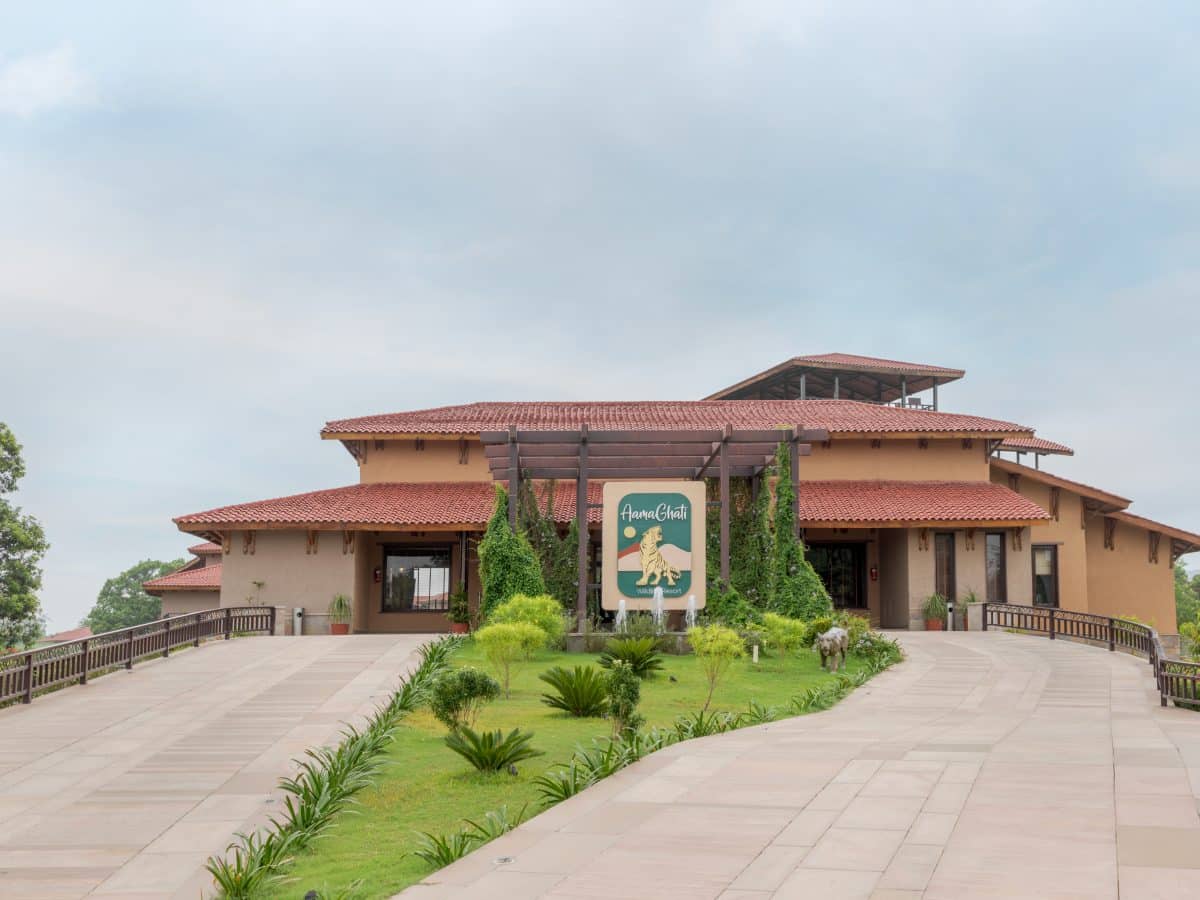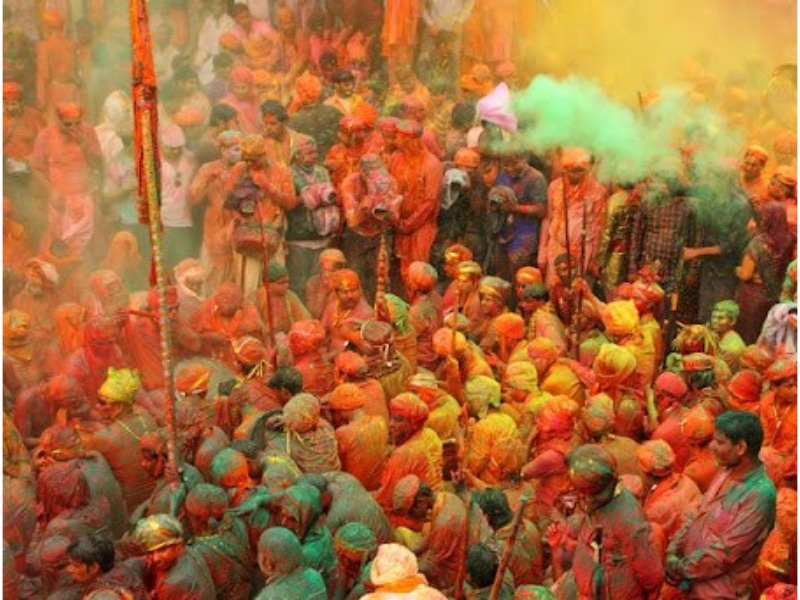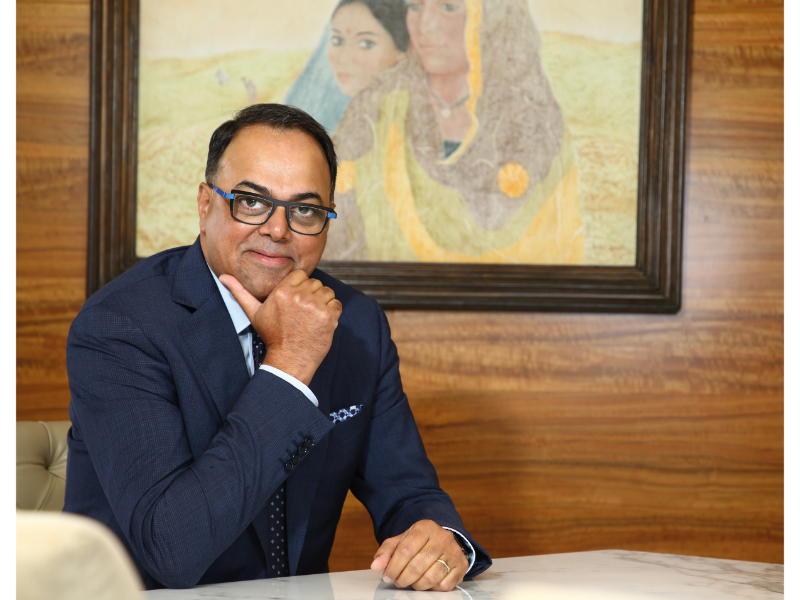The Hissaria family has a notable presence in the industry, owning the renowned tea brand Madhushree Chai, which holds the number one position in the Hadoti region of Rajasthan, covering Jhalawar, Kota, and Bundi.
Their hospitality portfolio includes two 3-star hotels in Kota, while Aamaghati Wildlife Resort marks their foray into the luxury segment. They are set to launch a new 10-room property in Ranthambore, nestled in the heart of the jungle. Abhishek Hissaria takes care of the expansion and hospitality division.
Coming from a family with a renowned tea business like Madhushree Tea, how did you decide to venture into hospitality, particularly the luxury segment?
While our family business has been in tea, we have had interests in the hotel business for many years now. We have operated Hotel Madhushree in Kota since 2011. Interestingly, when we came to Ranthambore on a holiday over a decade ago, we could not find the right hotel as we saw some basic budget properties at one end and some very high-end super luxury ones at the other. There was really nothing in the luxury segment that was affordable yet experiential and that was something that was on our mind. However, we were clear that we wanted to do something bigger and took the luxury route with Aamaghati Wildlife Resort as we wanted to explore that segment. Also, being experienced in the industry, we felt that this resort was the correct choice to make inroads into the luxury hospitality space.
What parallels or differences do you find between managing a successful tea brand and running a luxury wildlife resort?
We believe in focusing on customer service, whether in our tea or at our hotels. Being in the field of business has meant that we always put the customer first and this is an ethos that has been ingrained in our ventures. Of course, when it comes to hospitality it is a different world altogether but our customer-first attitude, we hope, will hold us in good stead. The Aamaghati Wildlife Resort is a unit of SKSK Tea Enterprises and is managed by Black Rock Hotels and Resorts Ltd.
Aamaghati is designed to reflect the wilderness of Ranthambore. Can you share more about the architectural inspiration behind the mud structures and earthy tones?
We have been clear from the inception that the resort must represent an extension of the jungle. As we are located closest to the main gates, we are in the buffer zone and we wanted to keep the structure sustainable and eco-friendly in all possible ways. The built structure has been designed by the late Revathi and Vasant Kamath, pioneers of mud architecture. This uses mud, cow dung and lime plaster, along with thatched roofs and bamboo details, making the facade ecologically sensitive. Cement use has been kept to a bare minimum and we have designed the entire property on an elevation to offer undulating views of the surrounding forest.
The idea of naming rooms after Ranthambore’s legendary tigers is fascinating. What inspired this concept, and how has it resonated with guests?
As the idea was to be as close to the jungle of Ranthambore as possible, we decided to name the rooms after the well-known tigers of the national park. As many of the guests are also familiar with the names of the tigers, this has struck a chord with our guests. Like with Machali (T16), one of the most famous tigers of the park with five litters, we have named all our rooms after the tigers and prefixed each room number with a T – the same nomenclature used to name the tigers in the park.
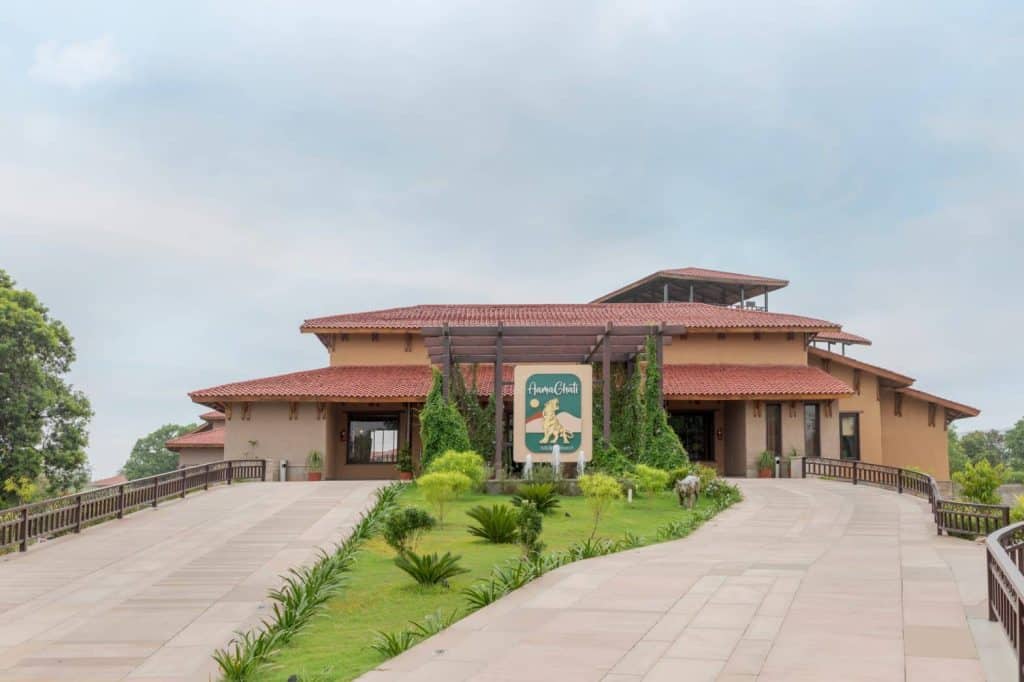
You are planning to launch another 10-room property in the heart of Ranthambore’s jungle. Can you share more about the vision and unique features of this upcoming venture?
This will be a complete jungle experience and we have designed this as a more intimate experience for serious wildlife lovers. As it will be located inside the jungle, it will offer a close experience with nature and wilderness.
How will this new property complement Aamaghati and further enhance your hospitality footprint in Ranthambore?
Ranthambore is one of India’s most loved national parks and with the number of safari zones increased to 11 (four of which are open throughout the year), it is now an all-season destination. While there are other properties, we focus on our offerings that come with their own distinct experiences. While Aamaghati Wildlife Resort is all about luxury, the new property is a more intimate, true blue wildlife getaway. We believe that these properties will attract a set of discerning guests that will also help us plan our next projects here.
What challenges do you foresee in managing two distinct properties in Ranthambore, and how do you plan to address them?
With hospitality especially in wildlife zones, one challenge is during the monsoons there are fewer footfalls. The recent change of weather and the sudden rains have taught us some valuable lessons on how we can be ready for seasonal vagaries. We are working on better water drainage systems and seeing how we can attract guests who will come in for the hospitality experience in the off-season.
How do you see Aamaghati and your new ventures competing in the luxury segment of hospitality on a global scale?
While it is still early days, we have seen a good number of guests come to Aamaghati and quite a few repeat guests too. As we have different categories of rooms, we can attract a variety of guests from those who seek all things luxury to those who are okay with a comfortable stay (that is part of our basic category of rooms).
How has your family’s legacy in business influenced your approach to hospitality, particularly with Aamaghati?
As mentioned earlier, we have imbibed customer service as a key ideology in our business that has helped us in running Aamaghati Wildlife Resort as well. After having operated our properties in Kota, we have also gained many insights into the nuances of working and operating hotels that have come in handy in Aamaghati too. We have always been very focussed on ensuring that we have fresh food at our hotels. Even at Kota, all food is made fresh and prepared in-house. This is the same policy we follow at Aamaghati – all our food is made fresh, including things like paneer that is made in-house. Also, we have separate vegetarian and non-vegetarian kitchens at the resort. As I mentioned, this has given us a good head start to understand the landscape of how hotels operate. With Aamaghati, we want to take things several notches higher and want to see how we can make a mark in the luxury segment. We are doing this by offering meaningful experiences that will delight our guests.
What lessons from your tea business and other ventures have been most valuable in shaping your hospitality strategy?
It would be about differentiated experiences. By making sure our guests have a custom, bespoke experience we can make guests come back to our resort. Like with our tea that is made with careful attention to detail and keeping top notch quality in mind, the same philosophies are also part of our hospitality business. Listening to what our guests want is something that has helped us curate hospitality experiences that have delighted our guests.
As someone leading your family’s foray into the luxury segment, what drives your passion for hospitality?
The ability to be part of making memories for our guests and becoming part of their special occasions is something that drives me. Towards this end, we make sure that our retreats add to their overall experience.


